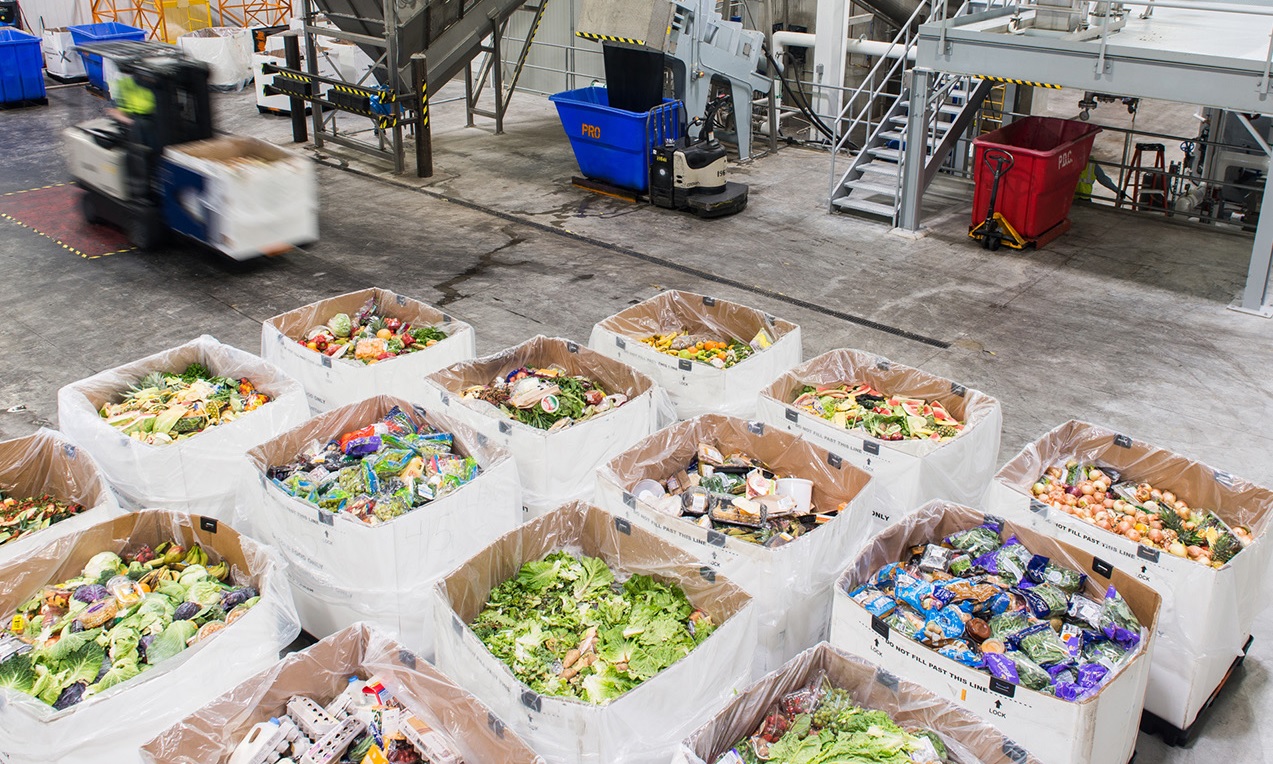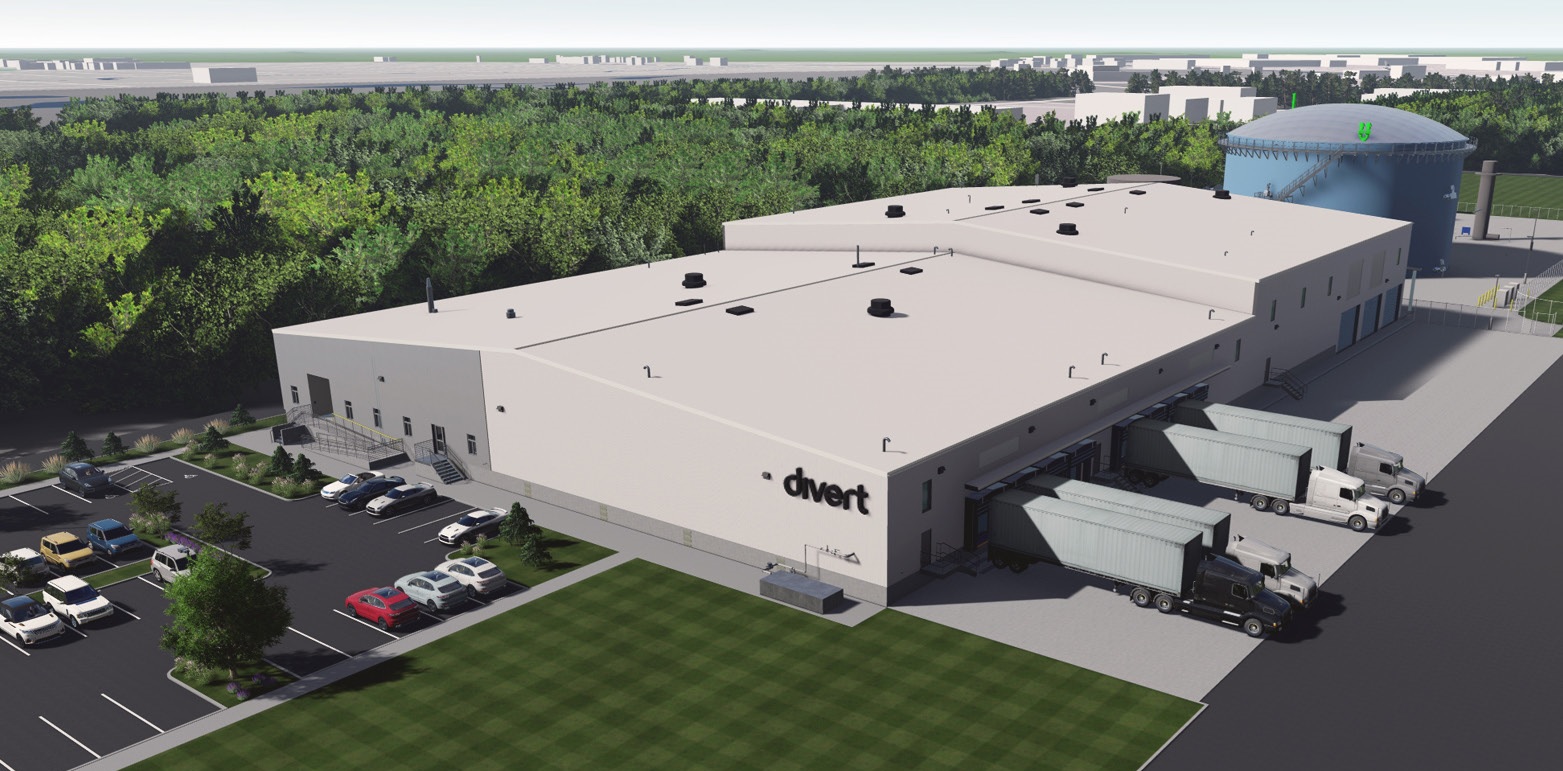Converting wasted food into renewable energy
Source: Wall Street Journal
Date: Sept. 21, 2023
Nearly 10% of global GHG emissions come from a surprising source: wasted food. According to Divert Inc., the United States generates over 63 million tons of wasted food annually. In the State of Washington, more than 2.7 million tons of wasted food are produced yearly, with an estimated 47% of it still edible.
“Longview marks the first facility in Divert and Enbridge’s $1-billion infrastructure agreement, bringing us one step closer to achieving a cleaner energy future.”
—Caitlin Tessin, Vice President of Strategy and Market Innovation, Enbridge

Enbridge and Divert are joining forces to turn one person’s waste into another’s clean energy—by investing $100 million to develop the Integrated Diversion and Energy Facility in Longview, Washington.
The new facility will reduce emissions in two key ways:
- Reducing harmful methane emissions from landfills by converting waste into carbon-negative renewable energy; and,
- Creating access to a new supply of emissions-free renewable natural gas (RNG) that will augment conventional energy sources to supply homes, businesses, and industries that are hard to electrify.
The emissions impact: The Longview facility is expected to start operating in 2024. At full processing capacity, the innovative new facility will be able to offset up to 23,000 metric tons of CO2 per year, the equivalent of taking 5,000 gas-powered cars off the road every year.
An added bonus—taking steps to prevent food from being wasted: The Longview facility will be the first of its kind for Washington state and will accept commercial wasted food from Washington and Oregon.
The facility will provide companies such as retail food customers, agricultural food producers, restaurants, or food service generators with actionable data to reduce waste and increase edible food donations. It will also enable commercial waste generators and local jurisdictions to comply with Washington’s HB 1799 legislation, Washington’s Organics Management Law, and Portland Metro’s Food Scraps Policy.
 Artist’s rendition of the Divert facility in Longview, Washington, expected to enter service by the end of 2024.
Artist’s rendition of the Divert facility in Longview, Washington, expected to enter service by the end of 2024.
What’s next: Enbridge sees expanding RNG supply as a key element of its energy evolution.
With Divert’s expertise, this partnership will address critical impacts of wasted food and greenhouse gas emissions.
- “Longview marks the first facility in Divert and Enbridge’s $1-billion infrastructure agreement, bringing us one step closer to achieving a cleaner energy future,” said Caitlin Tessin, Vice President of Strategy and Market Innovation, Enbridge. “We are eager to support the facility and Divert’s ambitious roadmap and know that the company will play an important role in Enbridge’s energy evolution. Divert is a leader in creatively managing wasted food, and our partnership aligns with Enbridge’s priorities in pioneering RNG as an effective solution to achieve net-zero emissions.”
- “This is an important moment for Divert and the Pacific Northwest in driving transformative change for the industry and solidifying our commitment to a waste-free world,” stated Ryan Begin, CEO and co-founder, Divert.
Paid advertisement. The Wall Street Journal news organization was not involved in the creation of this content.







